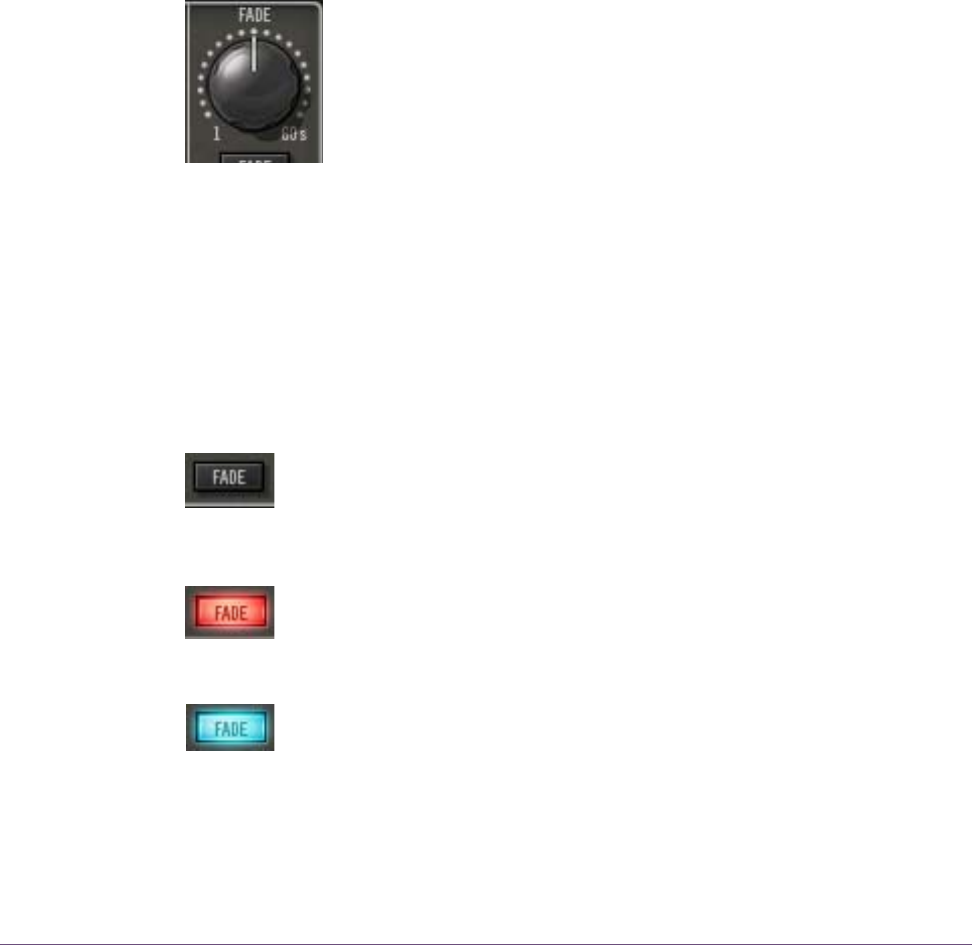User Manual
Table Of Contents
- UAD Powered Plug-Ins
- Introduction
- UAD Installation
- Overview
- QuickStart DVD
- System Requirements
- Supported Hosts
- Latest Information & Software Updates
- UAD Software Installation
- Install Software First
- UAD Hardware Installation
- Authorization
- Authorize Plug-Ins Procedure
- Load Authorization File
- Offline Authorization
- Using Unlicensed Plug-Ins
- Verifying Installation
- Learn More
- Software Removal
- UAD System Overview
- My.uaudio.com
- Using Multiple UAD Cards
- UAD Meter & Control Panel
- Overview
- Launching the UAD Meter & Control Panel Application
- Using the UAD Meter
- UAD Meter Elements
- UAD Control Panel
- System Information Panel
- Plug-Ins Panel
- Configuration Panel
- Help & Support Panel
- Using UAD Powered Plug-Ins
- Tempo Sync
- UAD Delay Compensation
- UAD-Xpander & UAD-Xtenda
- LA-2A and 1176LN
- LA-3A Compressor
- Fairchild 670
- Precision Multiband
- Precision Limiter
- Precision Buss Compressor
- Neve 33609 Compressor
- VCA VU
- Neve 88RS Channel Strip
- CS-1 Channel Strip
- Precision Equalizer
- Cambridge EQ
- Pultec and Pultec-Pro
- Neve 1073 Equalizer
- Neve 1081 Equalizer
- Helios Type 69 Equalizer
- Roland CE-1
- Roland Dimension D
- Roland RE-201
- RealVerb Pro
- DreamVerb
- Plate 140
- Precision Maximizer
- Precision De-Esser
- Precision Enhancer kHz
- SPL Transient Designer
- Nigel
- Introducing Nigel
- Preflex Plug-in
- Preflex Modules
- Gate/Comp Module
- Amp Module
- Amp Controls
- Cabinet Module
- Phasor Module
- Mod Filter Module
- TremModEcho plug-in
- Trem/Fade Module
- Mod Delay Module
- Echo Module
- Moog Multimode Filter
- History
- Index

UAD Powered Plug-Ins Manual - 152 - Chapter 16: Precision Buss Compressor
Slower release times can smooth the transition that occurs when the signal
dips below the threshold, especially useful for material with frequent peaks.
However, if you set too large of a Release time, compression for sections of
audio with loud signals may extend to lengthy sections of audio with lower
signals.
Fade The Precision Buss Compressor provides a Fade function that, upon activa-
tion, automatically reduces the plug-in output to minimum within a specified
time period. This function enables extremely smooth-sounding fade outs (and
fade ins), plus it can be automated as well. The Fade function processes the
signal at the output of the compressor.
Fade Set
Fade Set determines the amount of time that will pass between
the Fade button being activated and the plug-in output level be-
ing reduced to minimum (or being raised to 0dB in the case of
a fade in). The available range is from 1.0 second to 60 sec-
onds.
Fade times immediately reflect the current Fade Set value. Therefore a fade
out that has already been initiated can be accelerated by changing Fade Set
during the fade out. Conversely, a fade in can be accelerated by changing
Fade Set during the fade in.
Note that although the Fade Set control itself has linear taper, the fade signal
level that is output has an exponential curve.
Fade Switch
Activating the Fade switch initiates a fade out. The fade out time is
determined by the Fade Set parameter.
The Fade switch flashes red when a fade out is in progress, and
glows solid red when the fade out is complete (when the Fade Set
time has elapsed).
Deactivating Fade initiates a fade in. During a fade in, the signal
level is increased from the current level of attenuation to 0dB of at-
tenuation. The Fade switch flashes blue when a fade in is in
progress, and is no longer illuminated when the fade in is complete (when the
Fade Set time has elapsed).










